Editor’s Note
1. Hardware Description Languages (HDLs)
Hardware description languages are generally used to describe electrical programming methods. These languages are quite familiar to some robotics experts because they are used to programming FPGAs. FPGAs allow you to develop electronic hardware without actually producing a silicon chip, which is a faster and easier choice for some developers. If you are not developing electronic prototypes, you may never use HDLs. Nevertheless, it is still necessary to understand this type of programming language as they differ significantly from other programming languages. One key point: all operations in HDLs are concurrent, as opposed to the sequential operations of processor-based programming languages.
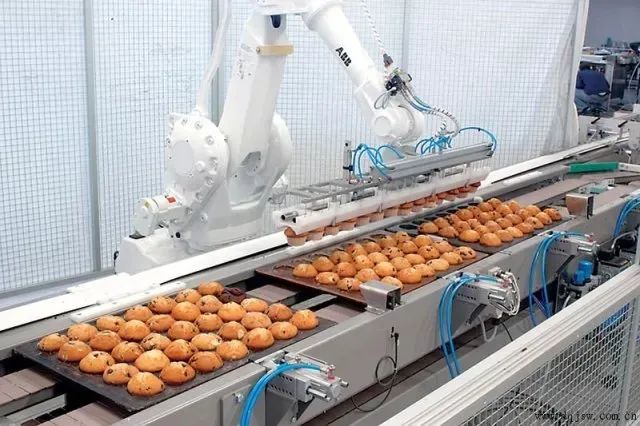
2. Assembly
Assembly allows you to program at the binary level of 0s and 1s. This is basically the lowest level of programming language. With the rise of Arduino and other microcontrollers, you can now conveniently program at a low level using C/C++. This means that Assembly may become less necessary for most robotics experts.
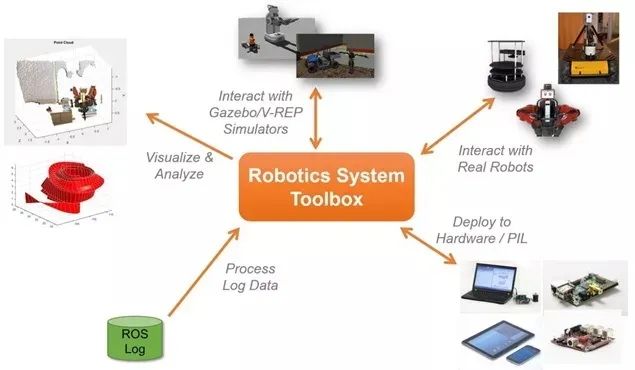
3. MATLAB
MATLAB and its related open-source resources, such as Octave, are particularly favored by some robotics engineers. It is used to analyze data and develop control systems. Some experts can develop an entire robotic system using only MATLAB. If you want to analyze data, generate advanced images, or develop control systems, you might want to learn MATLAB.
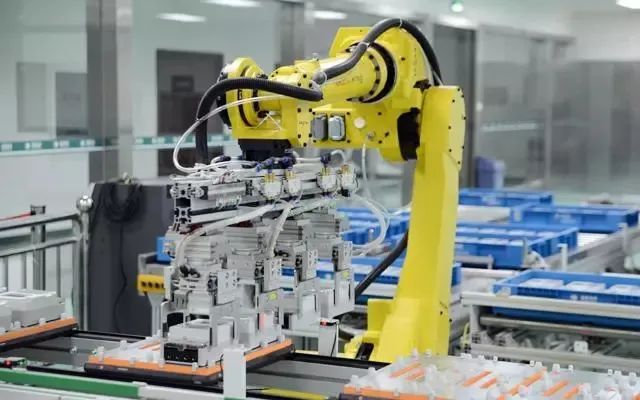
4. C#/.NET
C# is a proprietary programming language provided by Microsoft. C#/.NET is included here mainly because of the Microsoft Robotics Developer Studio, whose primary development language is C#. If you plan to use this system, you will likely have to use C#.
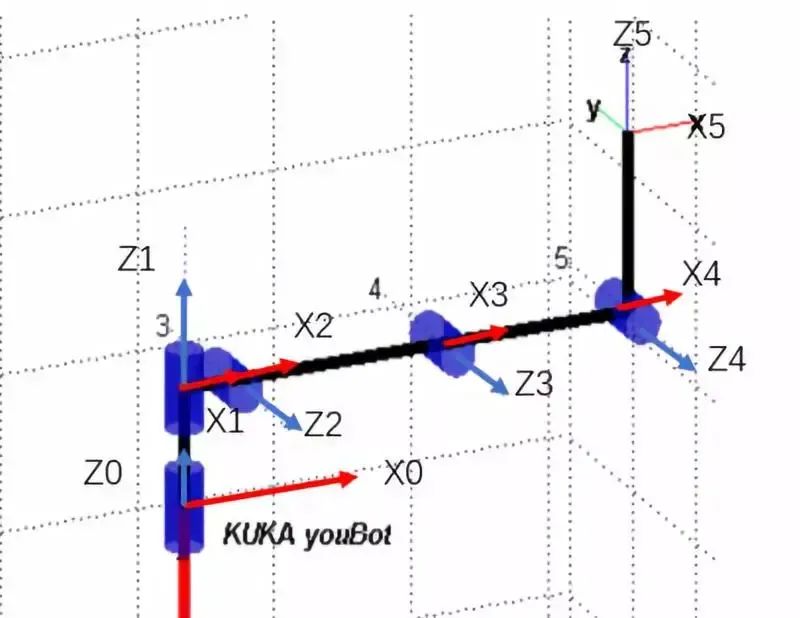
5. Java
Java hides low-level storage functions from programmers, making it easier to write than some languages (like C). However, understanding the underlying logic of the code can be more difficult. If you have a background in computer science and transition to robotics (many people do, especially in research), you may have already learned Java. Like C# and MATLAB, Java is an interpreted language, which means it is not compiled into machine code. Instead, the Java Virtual Machine interprets instructions at runtime. Using Java theoretically allows you to run the same code on different machines, thanks to the Java Virtual Machine. In practice, this is not always feasible and can sometimes lead to slow code execution. However, Java is very popular in some areas of robotics, so you may need it.
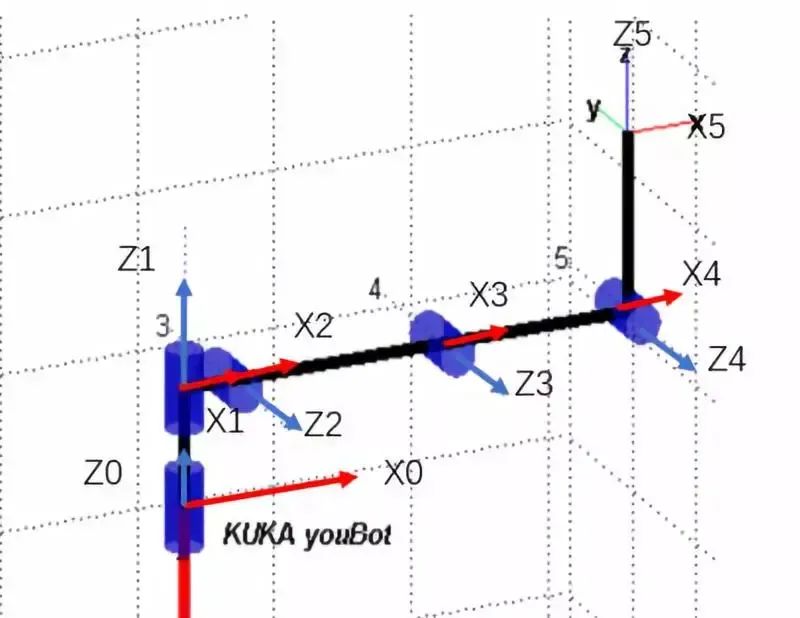
6. Python
In recent years, there has been a huge resurgence in learning Python, especially in the field of robotics. One reason may be that Python and C++ are the two main programming languages in ROS. Unlike Java, Python emphasizes usability. Python does not require much time to perform routine tasks, such as defining and enforcing variable types. These are common tasks in programming. Additionally, Python has a large number of free libraries, which means you do not have to “reinvent the wheel” when you need to implement some basic functionality. Moreover, Python allows for simple binding with C/C++ code, meaning that performance-intensive parts of the code can be implemented in these languages to avoid performance loss. As more and more electronic products begin to support “out-of-the-box” Python (along with Raspberry Pi), we may see more Python in robotics. (The Raspberry Pi Foundation: A small charity organization in the UK, established to promote technology rather than profit from selling technology.)
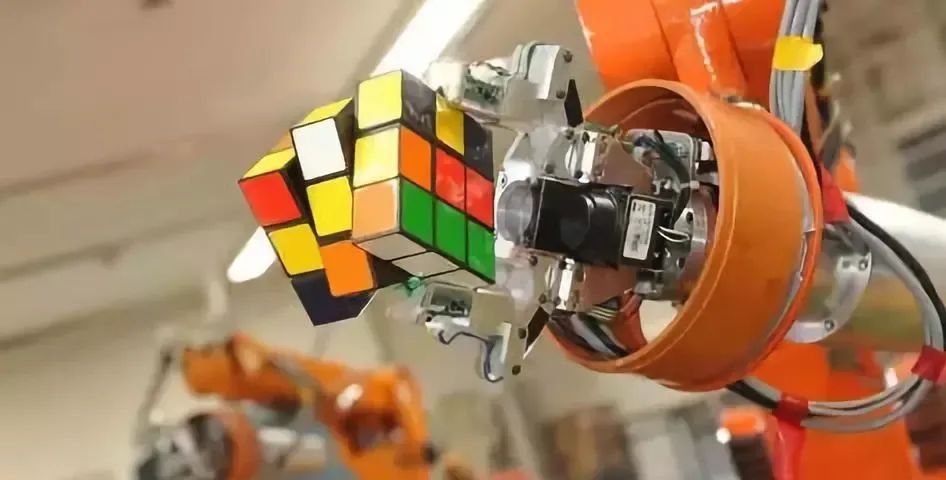
7. C/C++
Finally, we arrive at the top programming language for robotics! Many believe that C and C++ are a great starting point for new robotics engineers. Why? Because many hardware libraries use these two languages. These languages allow interaction with low-level hardware and enable real-time performance; they are very mature programming languages. Nowadays, you might use C++ more than C because the former has more features. C++ is essentially an extension of C. Learning a bit of C can be very useful, especially when you find a hardware library written in C. C/C++ is not as easy to use as Python or MATLAB. Implementing the same functionality in C will require a lot of time and more lines of code. However, since robotics heavily relies on real-time performance, C and C++ are the programming languages closest to our robotics experts’ “standard language”.